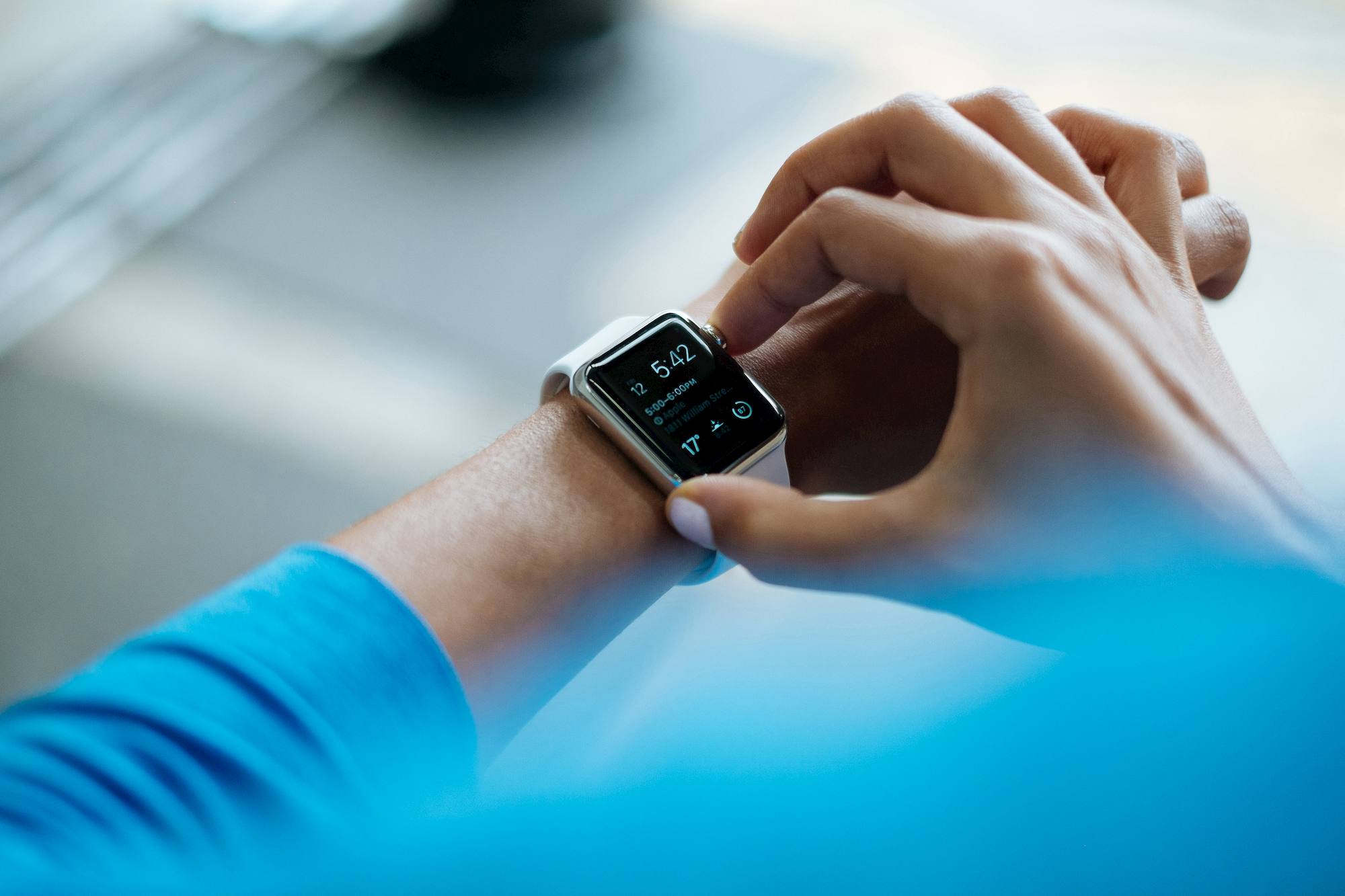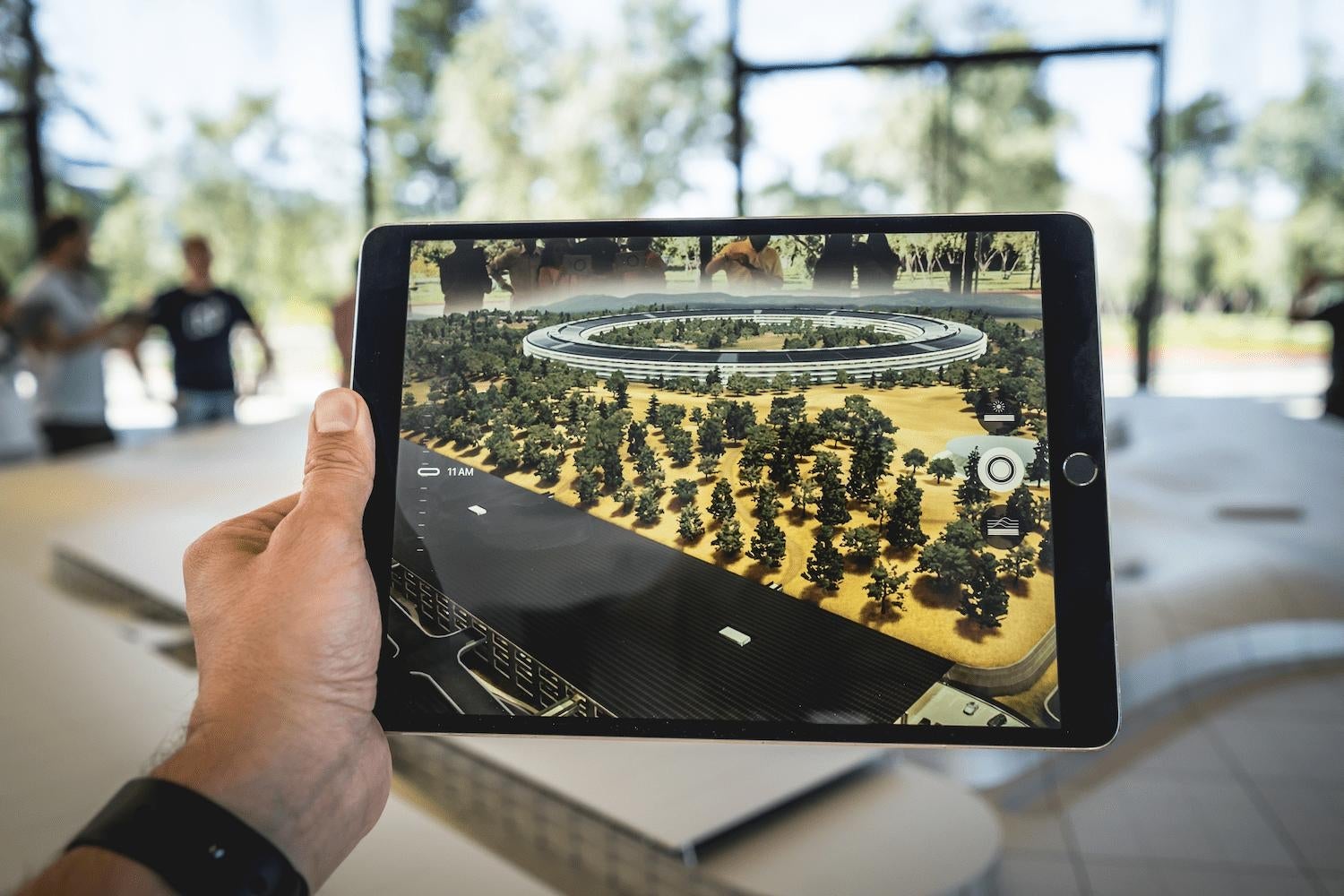When working on eHealth solutions, start-ups tend to focus on the tech side of an idea. Brett Warren pointed this out in his UX Collective article. Companies strive to adjust technology to a problem whilst completely forgetting about its users; the doctors and patients.
In a quest to change this situation, Warren proposed 5 design principles every healthcare start-up should follow:
- No training on the user side – you must assume that a doctor or a patient won’t be trained in using your system or device.
- Reduce the documentation needed – people usually don’t have time to update documentation manually, so be sure to automate as much as possible.
- Prioritise information – if something is important or urgent, push it to the top of the information hierarchy.
- Make it easy to decide – simply showing trends and graphs doesn’t go far enough. You should help people to make decisions based on this data.
- Design with people – don’t forget to invite experts and users to design the solution with you.
Sounds simple, right?
Yet, too many times, companies forget about making their products easy to use, accessible, or purposeful, selling technology for the sake of digitising everything.
3 eHealth solutions from Stockholm
Today, however, I would like to look at good examples of eHealth solutions, created by three Swedish start-ups and companies.
Why Sweden? According to the Swedish Institute, Sweden’s ageing population is growing: “In Sweden, 5.2 per cent of the population are aged 80, which is slightly more than the EU average of 5.1 per cent.”
An ageing population is one thing, but an equally important aspect is that the Swedish welfare state is willing to take action, including promoting eHealth solutions.
In its policy outline Vision for eHealth 2025, the government claims that Sweden “will be best in the world at using the opportunities offered by digitisation and eHealth to make it easier for people to achieve good and equal health and welfare”.
Let’s now see how these three Swedish companies develop eHealth solutions that meet users’ needs.
1. Follow your heart with Coala
Coala Life is a heart monitor and an app for self-checking, making cardiac monitoring easier and more convenient. The solution consists of a mobile app for iOS and Android, and a wireless ECG monitor.
What’s great about this from the UX perspective? It’s plain and simple, whilst helping collect complex data!
The device is small, wireless, and can be worn all the time discreetly, and anywhere. The app uses data visualisation to present results in a way users can comprehend, while more complex charts can be seen by a specialist.
2. Influence your health and well-being with Elsa
At ExtraHut, we know how challenging it is from a UX perspective to create a survey that ticks all the right boxes. That means simplicity and clarity while still being able to gather important data.
That’s why I think Elsa does a great job with making user surveys light and simple, at the same providing them with important feedback about their habits. Then, based on the results, users can make better choices and live healthier lives.
3. Digitalise the patient journey with Doctrin
Digital health solutions create unparalleled value when they help improve physical wellbeing. This is no different when contacting care specialists.
Doctrin offers healthcare professionals a digital platform to meet their patients. With safe access to medical history and patient identification, professionals can conduct consultations online and then necessitate a visit if necessary.
Accessible via mobile, tablet, and computer, the platform uses adaptive lines of questioning and a simple chat interface to contact a specialist. At the same time, specialists have access to important data to carry their decisions.
Summary
Usability, making up a part of the user experience, is a way for users to interact with digital products. For me, the ease of use is key to a great product, especially within the eHealth niche.
With a variety of users, their demographics and tech-savviness, one shouldn’t be required to face overcomplicated experiences while trying to, for instance, receive help from a specialist.
Therefore, I think these three examples do an outstanding job – they are super easy to use, while still being able to gather, and visualise important data, allowing users and specialists to make better healthcare decisions.
Also check: Top App Development Companies





